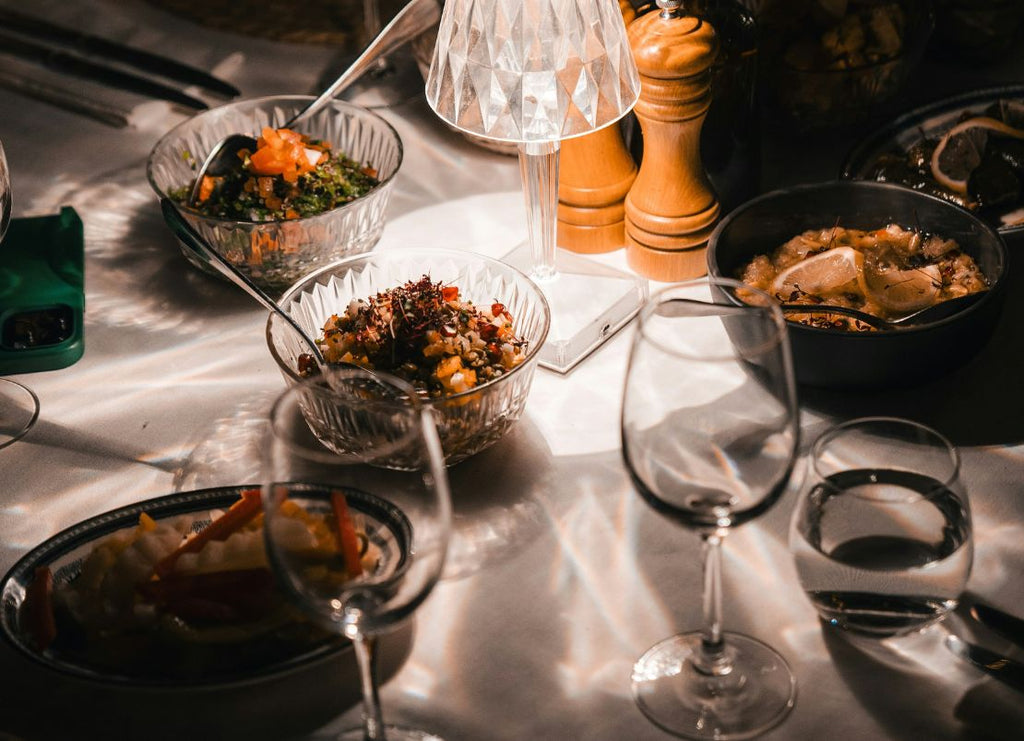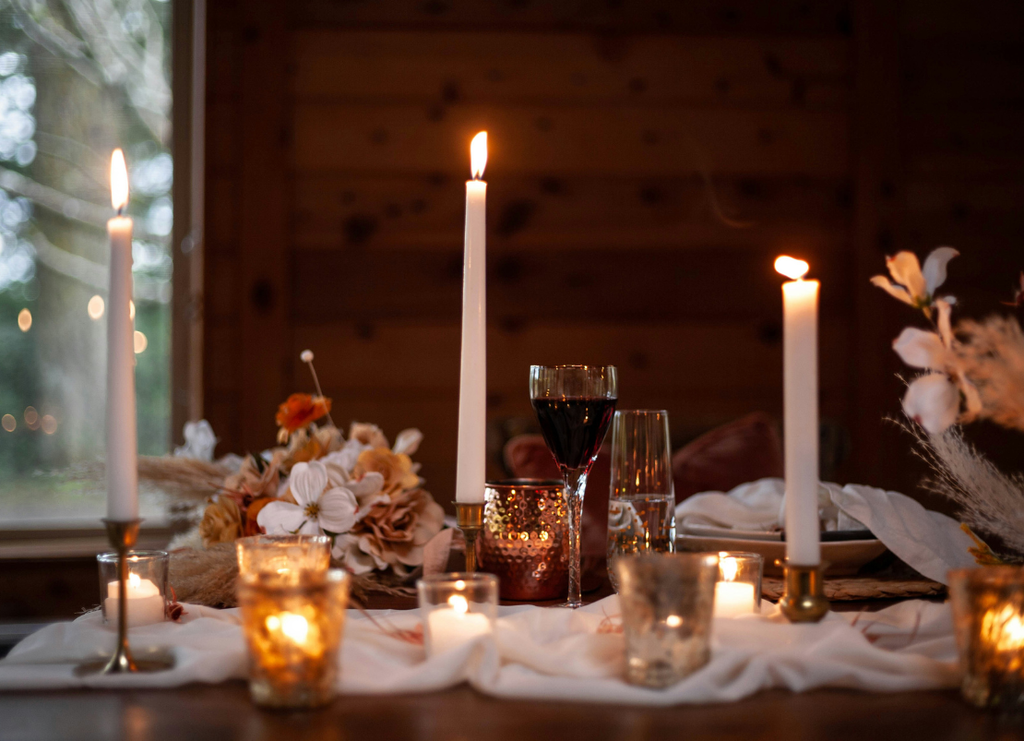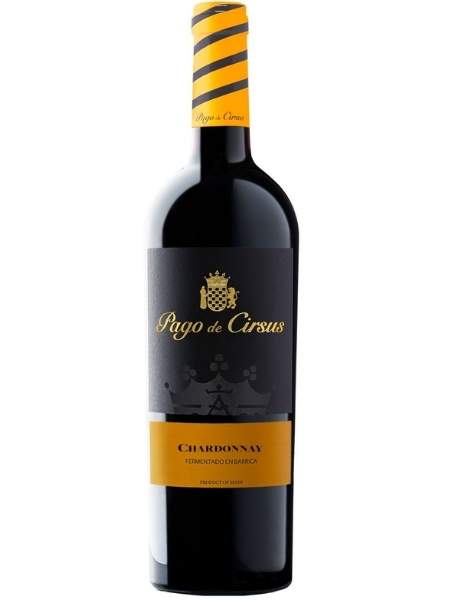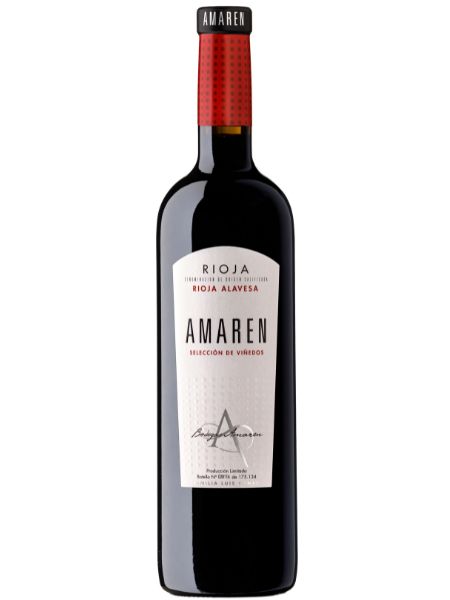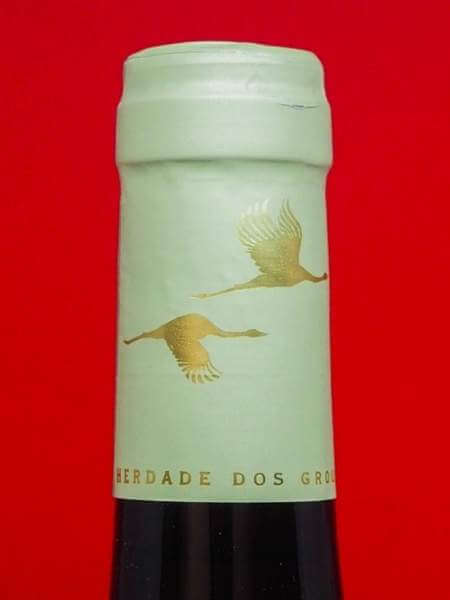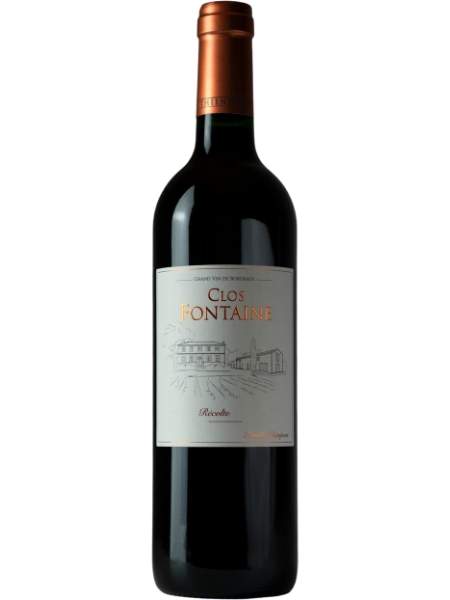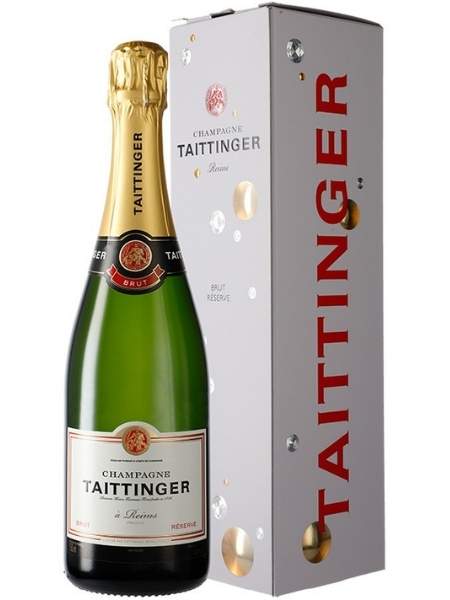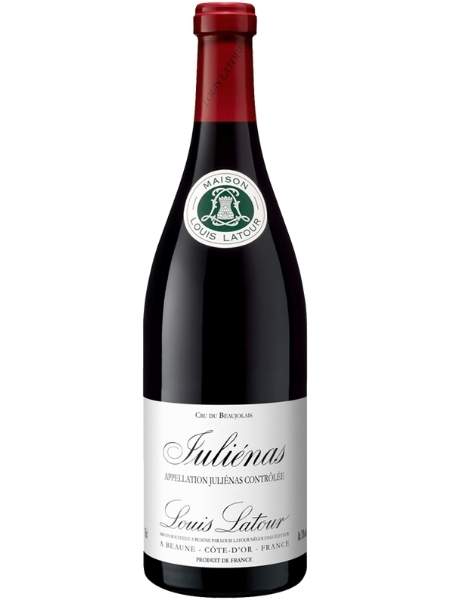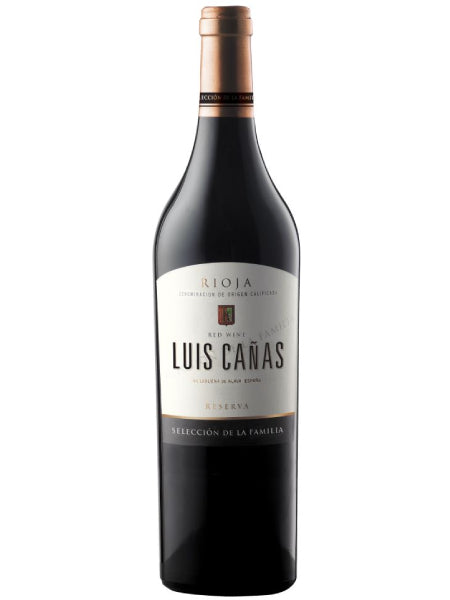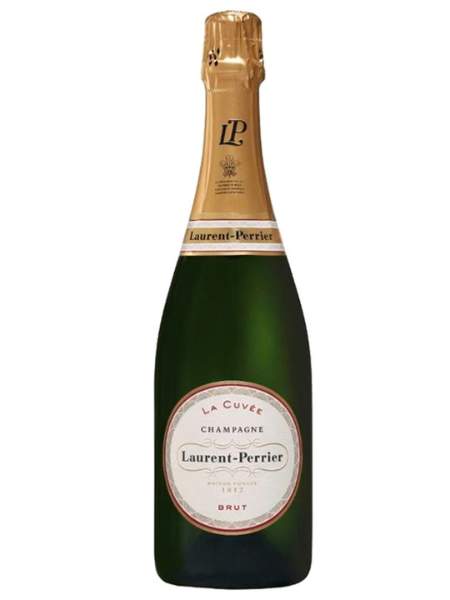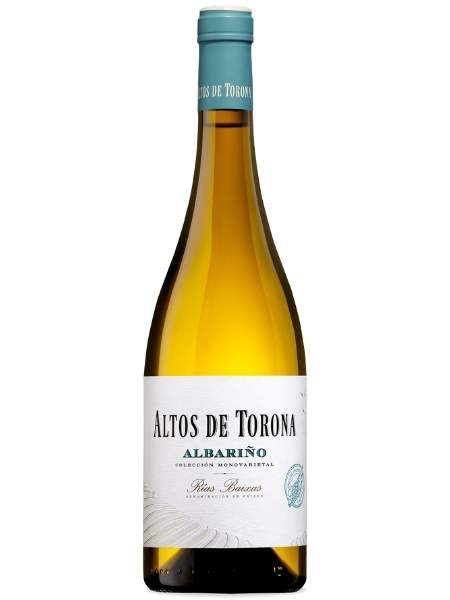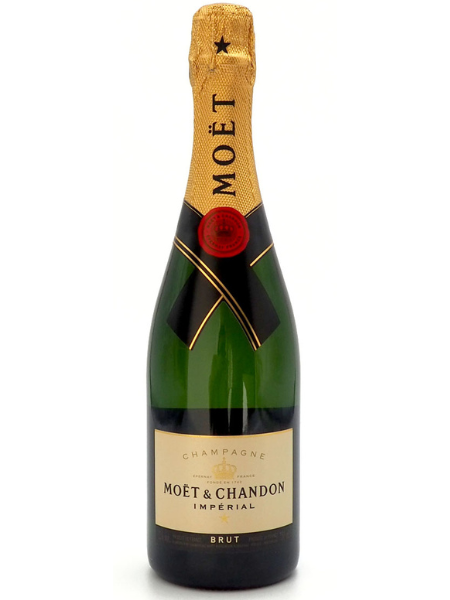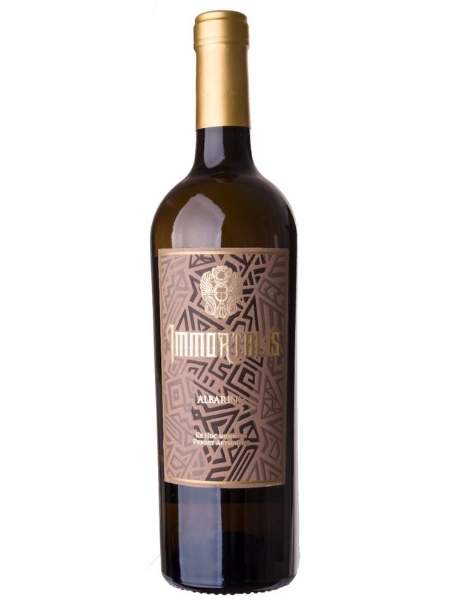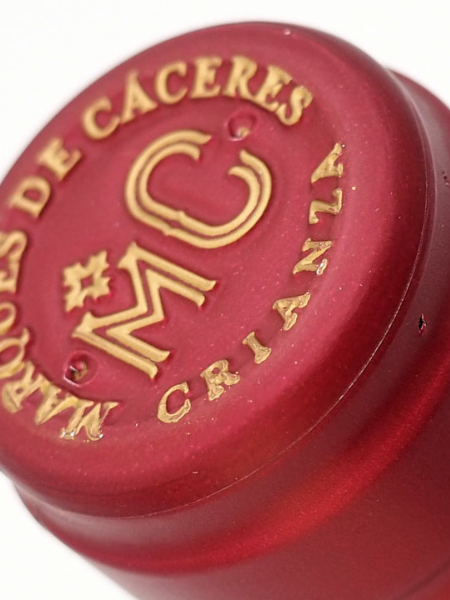
What to know about Chardonnay

Chardonnay is one of the most consumed white grapes varieties in the world. For many years, chardonnay has been synonym with white wine and given its ability to thrive in all types of climates, it has widely planted.
In this article, we will tell you all about its origins, characteristics, where its grown and what its wine tastes like.
Origins
The earliest reliable mention of Chardonnay appeared in 1685 – 90 in the French village of Saint Sorlin, today called La Roche-Vineuse in the Saone-et-Loire, located 100 km north of Lyon. At that time, it was said that “Chardonnet” made the best wine.
The variety took its name from the village of Chardonnay near Uchizy in the Maconnais, southern Burgundy. This white variety has been referred to throughout history as Chardenet, Chardinnet, Chardenay, etc. The modern spelling did not become popular until the twentieth century.
DNA analysis showed that Chardonnay was the mix between Pinot and Gouais Blanc, and is similar to Gamay Blanc, Pinot Blanc and Aligote. Therefore, sometimes these grapes can be confused with Chardonnay.
Viticultural characteristics
Chardonnay is so common and known worldwide because it is very easy to grow, and it is very productive. It is best grown is soils that are dominated by limestone or calcareous clay that are not too dry.
Chardonnay it is arguably the most versatile white grape. Given that it doesn’t have a dominant flavor of its own, it can take a wide range of aromas depending on where it is grown and how it is made. Winemakers like working with Chardonnay grape because it is an easy variety to work with in the maloelactic fermentation of the wine and the barrel fermentation.
During the twentieth century, Chardonnay became extremely popular and it was the most planted white grape in North and South America as well as in Australia. In France, for example, the total vineyards increased from 7,325 hectares in 1958 to 44,593 hectares in 2009. It was mainly planted in the Champagne region and in Burgundy. Currently, we can find the grape planted in Spain, Italy, Portugal, USA, California, Australia, New Zealand, South America and South Africa
Chardonnay´s fermentation
Depending on the taste that winemakers want to give Chardonnay, they can use stainless steel or oak for fermentation. If they want to achieve a crisp and fresh taste, they will use stainless steel. If the winemaker wants to achieve a full-bodied wine, with vanilla and spice as secondary flavours, they can ferment the wine in oak.
Chardonnay´s taste
Although the grapes generally reach high sugar levels, the wines have a lean, tart, and fresh taste, almost like a Sauvignon Blanc. Chardonnay can have different flavours depending on where it is grown.
However, it normally is dry, medium-bodied to full-bodied wine with slight acidity and medium alcohol content. It has tropical fruit aromas, with papaya and pineapple notes. As secondary aromas, Chardonnay grapes present aromas of brioche, and butter. These are mainly due to yeast fermentation and ageing on its lees.
How to pair Chardonnay
As we mentioned, Chardonnay wines can differ in taste depending on where they are grown and the weather conditions. For example, a chardonnay that is planted in Burgundy, France will have a slightly different taste than one planted in Valle Central, Chile. For that reason, we will tell you more about how to pair the wine depending on the characteristics of each bottle.
How to pair it:
- A young, unoaked chardonnay will pair perfectly with shellfish like crab and prawns.
- A crisp, delicate chardonnay will pair perfectly with light dishes such as baked fish
- A ripe, fruity chardonnay will pair with creamy pasta
- A chardonnay that aged on its lees will pair perfectly with a dish such as Sole meunière.
How not to pair it:
- Don´t pair it with high-acid cheeses
- Don´t pair it with acidic foods such as raw tomatoes, olives, and vinaigrette sauces.
- Don´t pair it with spicy dishes
Our recommendations
Chablis Chardonnay Jean-Marc Brocard: We recommend this wine made in the Chablis region, in the heart of Burgundy. This white burgundy is very special because the grapes are harvested by hand.
This white has aged between 6 and 8 months in stainless steel tanks. It has aromas or citrus and stone fruits. We recommend pairing it with blue fish and cheese, such as brie, ricotta and fontina. We suggest a serving temperature of between 12º and 14ºC
120 Reserva Especial: Chilean wine made 100% of Chardonnay grapes, produced by Santa Rita Winery, in Valle Central, at the foot of the Andes Mountain. The grapes have been harvested by hand. It presents fruity aromas of peach and melon.
We recommend pairing this wine with salads, shellfish, fish, cheese, and white meat. We suggest a serving temperature of 11ºC
Calera Chardonnay: White wine from California, produced by Calera winery. It presents aromas of lemon, green apple, cedar, and passionfruit. We recommend pairing it with creamy pasta, roasted pork, chicken salad and lobster with drawn butter. We recommend a serving temperature of 11ºC
If you want to learn more about grape varieties, wine regions and the latest trends in the exciting world of wine, do not forget to subscribe to our newsletter and visit our wine store!
See you next time, wine lovers,
Victoria Estrada



